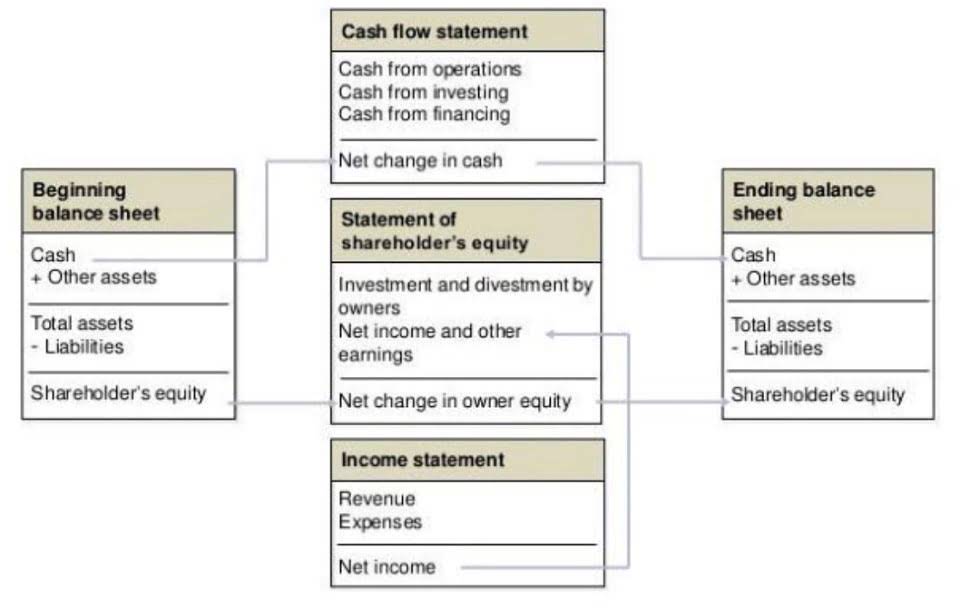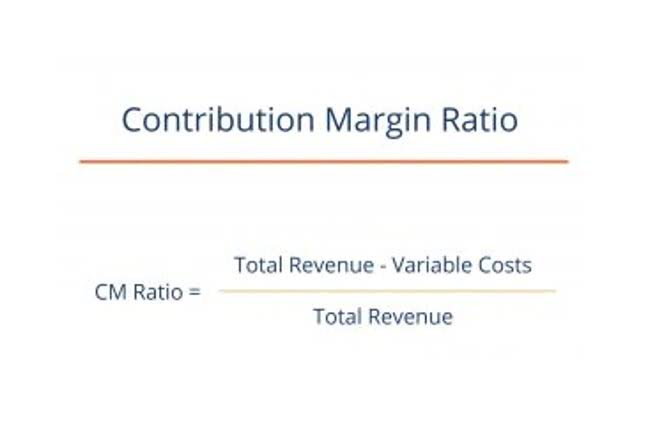Quick Guide to Master Contra Accounts: Definition, Types & Examples Simplified

A contra asset is paired with an asset account to reduce the value of the account without changing the historical value of the asset. Examples of contra assets include Accumulated Depreciation and Allowance for Doubtful Accounts. Unlike an asset which has a normal debit balance, a contra asset has a normal credit balance because it works opposite of the main account. The following are examples of commonly-used contra asset accounts you could create to better understand your business financials. However, it’s important to keep in mind that you can create any contra account you want to more clearly describe your business — this is not an exhaustive or definitive list. A contra account is an essential concept in financial accounting that serves to offset the balance of another account.

Reconciling Contra Asset Balances
- An important fact to note is that while the asset’s book value decreases, the accumulated depreciation increases, presenting the realizable value of the assets.
- For auditors, these accounts are crucial in verifying the historical cost of assets and ensuring compliance with accounting standards.
- The purpose of a contra asset account is to store a reserve that reduces the balance in the paired account.
- There is almost always a story behind data; a clarification or historical insight that changes the meaning behind raw figures.
- But these items don’t retain that initial value; if liquidated, they would likely be sold at a loss.
- It’s a testament to the principle that assets don’t just serve a business at a point in time but contribute value over their entire useful life.
By adjusting gross asset values, these accounts help present a realistic financial position, aiding investment decisions and credit evaluations. Accumulated Depreciation is a contra asset account utilized to record the total depreciation of a fixed asset over time. It appears on the balance sheet and negates the gross amount of fixed assets such as buildings, machinery, office equipment, furniture, and vehicles.
Accurate Financial Reporting
- Equity recorded as a debit balance is used to decrease the balance of a standard equity account.
- Contra asset accounts have a balance that is opposite from the regular asset accounts.
- However, these vehicles have experienced significant wear and tear in the intervening years.
- Each year, they may amortize $5,000, moving it to the Accumulated Depreciation account and reducing the book value of the machinery.
- When the two balances are offset against each other they show the net balance of both accounts.
- It ensures that financial statements accurately reflect a company’s financial position.
Contra asset examples like ‘Accumulated Depreciation’ reduce the value of fixed assets, showing their worth after usage over time. Contra equity is a general ledger account with a debit balance that reduces the normal credit balance of a standard equity account to present the contra asset net value of equity in a company’s financial statements. Examples of equity contra accounts are Owner Draws and Repurchased Treasury Stock Shares.

Contra liability account example

As the physical assets are utilized or become less valuable due to wear, tear, or obsolescence, contra asset accounts reflect this change and aid in representing the asset’s net value. The purpose of these accounts is to ensure that the financial statements accurately reflect the assets’ net value. For instance, when an asset account like equipment decreases in value due to depreciation, a contra asset account called “accumulated depreciation” is increased. When both accounts are offset against each other, the net effect shows the equipment’s reduced value. The two most common examples of contra asset accounts are the accumulated depreciation contra account, and the allowance for doubtful debts contra account. A liability recorded as a debit balance is used to decrease the balance https://higuchi.asia/%workscat%/3512.html of a liability.
- Imagine a company that offers an early payment discount to its customers, reducing their invoiced amount by 5% if paid within one week of invoicing.
- They are crucial for compliance with generally accepted accounting principles (GAAP) and international financial reporting standards (IFRS).
- The two most common examples of contra asset accounts are the accumulated depreciation contra account, and the allowance for doubtful debts contra account.
- Contra Asset Account – A contra asset account is an asset that carries a credit balance and is used to decrease the balance of another asset on the balance.
- Contra equity accounts, those intriguing components in the equity section of the balance sheet, reflect transactions that reduce the total equity available to shareholders.
These accounts are used to lower the balance of asset accounts and reflect the net book value of assets. A contra account plays a significant role in business by providing a clearer, more detailed picture of the balance sheet financial situation. They ensure that the assets, revenues, and equity reported are not overstated, and that liabilities are presented in relation to any discounts or premiums. This transparency helps in accurate reporting, better decision-making, and instills greater confidence among investors and stakeholders. Contra equity accounts, those intriguing components in the equity section of the balance sheet, reflect transactions that reduce the total equity available to shareholders. The most common one you might encounter is treasury stock—where companies buy back their own shares.

What is the Effect of Contra Accounts to the Balance of Related (Paired) Account?
For example, accumulated depreciation offsets the value of fixed assets like machinery or buildings, reflecting wear and tear over time and showing net book value rather than original cost. Similarly, the allowance for doubtful accounts adjusts accounts receivable to reflect estimated uncollectible amounts, offering a realistic view of expected cash inflows. It is prepared when there is a reduction in the value of assets due to wear and tear continuous use or when we expect that a certain percentage of accounts receivable will not be received. Fixed assets like plants & equipment are depreciated every year, and this balance is transferred to the accumulated depreciation account. So, in this case, accumulated depreciation is a contra asset account related to plant & equipment.

